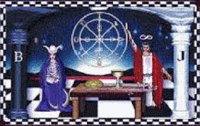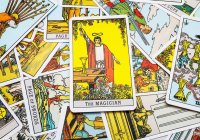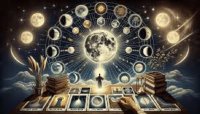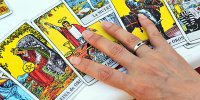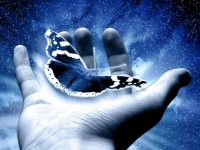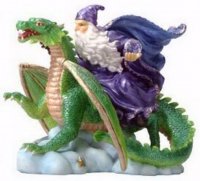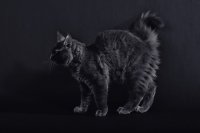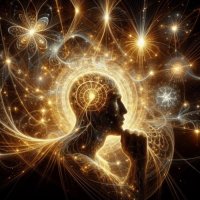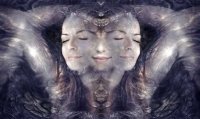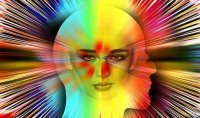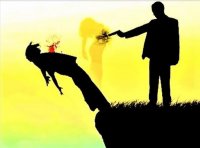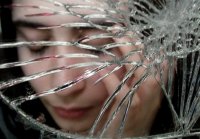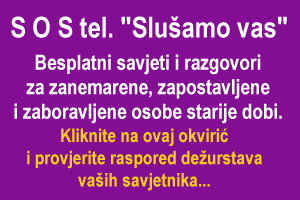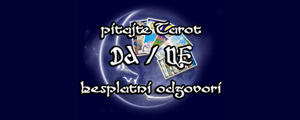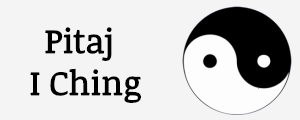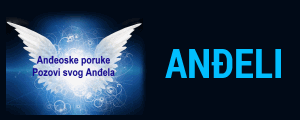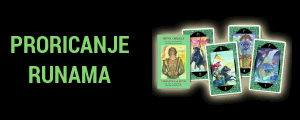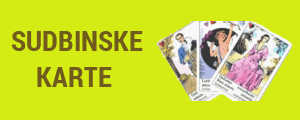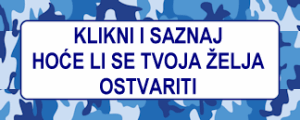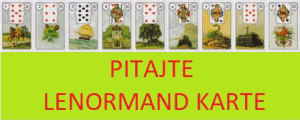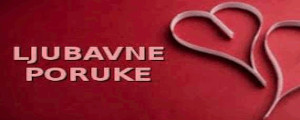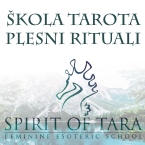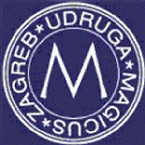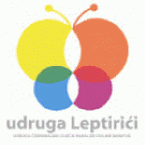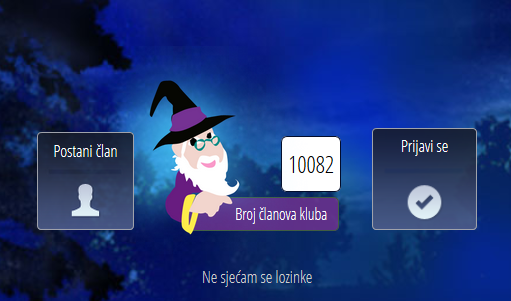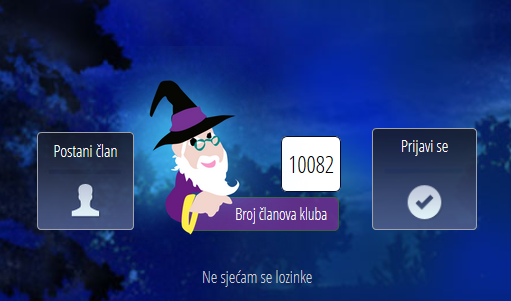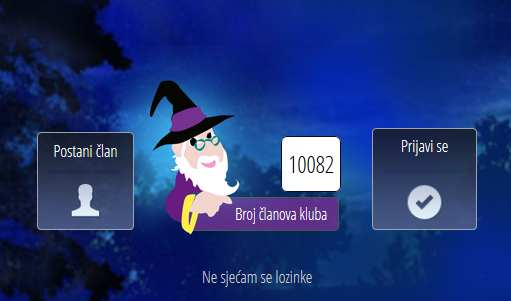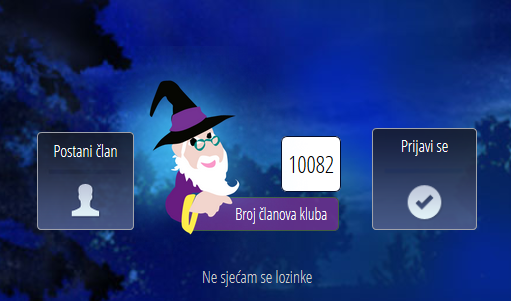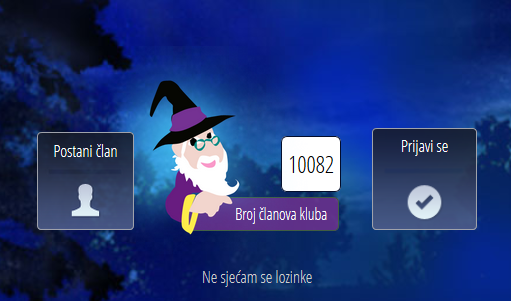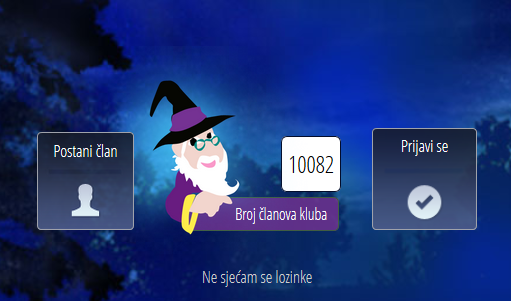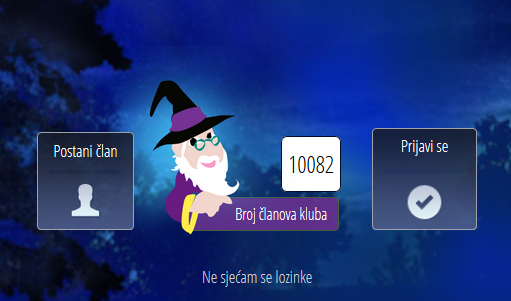Most people in business today understand that organisations must embrace change and creativity in order to stay competitive in this ever changing, global marketplace. The good news is every company that employs human beings has all the resources they need to help them innovate.
It's their people!
Creative thinking need not be confined to products and services alone, but rather, the organisation could adopt an integrated approach to innovation that encourages all their people to look at every aspect of their operation from profiling clients to looking at competitors and spotting potential, 'game changing' opportunities. For example:
Process innovation - implementing new or significantly improved production or delivery methods.
Business model innovation - changing the way business is done, for example - EasyJet, Dell computers and global outsourcing.
Organisational innovation - creating or changing business structures, practices and models.
Marketing innovation - developing alternative marketing techniques to deliver improvements in price, position, packaging, product design or promotion.
Supply chain innovation - improving the way that materials are sourced from suppliers or improving methods of product delivery to customers.
Financial innovation - bringing together basic financial concepts. This might include credit, risk-sharing, ownership or liquidity to produce new financial services, products or ways of managing business operations.
So why do many organisations fail to innovate?
A recent study by the 'Institute of Employment Studies' identified the following key findings:
• Unsupportive culture.
• Leaders and managers dismissing ideas too soon.
• Leaders in innovative organisations demonstrate that they are more interested in learning from failure than in punishing it.
• Leaders being too risk averse.
• Lack of concrete resources that signal that the organisation is not taking innovation seriously.
• Innovative thinking is stifled when leaders become prescriptive as to how it must be achieved.
• Lack of practical tools and processes for innovation and creative thinking to happen.
• Lack of a sense of common purpose to innovate.
For the purposes of this article let's look at the last statement.
"Lack of a sense of common purpose to innovate."
Our experience has shown us that everyone has the ability to think creatively about common day-to-day challenges and a culture of creativity is about utilising diverse thinking styles and approaches to problem solving. It's also about allowing people, up and down the hierarchy, to suggest solutions and ideas for anything they see that could be useful for the business. And finally, it's about offering positive incentives and acknowledgment to people for sharing ideas.
However, knowing this is not enough. There also has to be an understanding of - What motivates Whom to be 'creative and innovative' and Why?
There is mounting evidence from creativity studies to suggest that the drive towards creativity is essentially intrinsic.
Harvard's creativity professor, Teresa Amabile posits that:
"People will be most creative when they feel motivated primarily by the interest, enjoyment, satisfaction, and challenge of the work itself, and not by external pressures or inducements."
Which means that each of us could be encouraged to be creative and share ideas if the personal, value systems that drive and motivate us are recognised and rewarded.
Spiralling towards innovation.
The theory of Spiral Dynamics Integral was developed by Dr Don Beck and utilises some ideas from the Integral philosopher Ken Wilber, included during their brief association. However the core of Dr Beck's theory was drawn from the research and work of Dr Clare W Graves. For around 10 years Don Beck worked very closely with Clare Graves exploring how an individual's value systems developed through life in a process of transcendence and inclusion.
This work eventually resulted in the 'bio psychosocial' theory of human emergence called Spiral Dynamics.
The central idea is that what we humans feel, think and believe evolves through time and is dictated by our neurophysiological development. Our environment and our intrapersonal and interpersonal experiences that become the basis of our changing values, which in turn become the drivers that shape our behaviour, shape this.
In other words, some, if not most of the people, places and things we valued as children cease to motivate us as adults.
The SDi model uses the metaphor of a spiral of energy spiralling upwards as it moves the individual towards satisfying various needs that result in physical, emotional and intellectual adaptions to given life conditions that trigger further stages of development.
The model is not a typology but a description of a flowing process of psychobiological energy that fuels human drives. The drives form nested systems and express the evolution of each individual's personality and the development of culture as a whole.
The evolution of our values begin with:
1st BEIGE - 'ME' orientated - Physical survival and biogenic needs that have to be met. Hunger, thirst, shelter and reproduction are the primary drives.
2nd PURPLE - 'WE' orientated - Safety and security in numbers. Tribal communities are formed with beliefs and rituals to explain and manage the life conditions of the world.
3rd RED - 'ME' orientated - Power Gods, ego and action. Leaving the safety of the tribe to assert the self.
4th BLUE - 'WE' orientated- Stability and order. Obedience to the rules of higher authority. Sacrifice self now to gain bigger and better rewards later.
5th ORANGE - 'ME' orientated- Opportunistic and success orientated. Competing to achieve results. Entrepreneurial, rational and independent. Sacrifice others for self gain.
6th GREEN - 'WE' orientated - Harmony, empathy and love. Joining together for mutual growth in a global family. Everyone is welcome and everyone's opinion is right.
These are considered to be the 1st tier values. After this a second tier emerges and the process of vMeme evolution starts again, only now with Yellow becoming the new beige.
7th Yellow - 'ME' orientated and Independent. Takes an objective perspective and is able to move up and down the first tier value stack, from Beige to Green. A person operating from the Yellow value system is interested in finding and creating a new way of being that acknowledges the interconnection between all life processes and systems. An understanding that all value systems represent a partial truth as they emerged in response to certain life conditions at certain times in the history of a person or culture. Yellow seeks to transcend but include previous values as it moves up the spiral.
Dr Beck went on to develop the theory even further by exploring how cultures that emerge in response to the challenges people face also move up and down the Spiral.
The values that create a cultural paradigm (rituals, symbols or practices) are transmitted from one person to another through writing, speech, gestures, or other contagious and imitable behaviours. The most contagious individuals expressing their ideas and behaviours will most likely dictate the prevailing culture.
Richard Dawkins coined the term Memes to describe how ideas are passed on from person to person creating structures of belief in the same way as genes create biological structures.
In Spiral Dynamics Integral these are referred to as value Memes or 'vMemes' for short.
Integral Idea Generating
I take an integral approach to creativity and Innovation that utilizes the diverse thinking styles, personality types and motivators of diverse groups of people. This is where Spiral Dynamics Integral becomes indispensible as a map for understanding an individual, a team and an organization in terms of the potential for creativity. The central idea to my approach is to acknowledge and utilise people's vMeme perspectives as a motivator for creative thinking.
Time and again research has suggested that 'creative' problem solving is best served when there is a diverse mix of perspectives around an issue. Therefore it is becoming increasingly apparent that there is a need to elicit creativity from each and every individual across all departments in an organization in order to maximize idea generation.
However, as people are more inclined to be creative if they are intrinsically motivated, an idea generating session may be less productive if there are individuals expressing conflicting vMemes because people will express vMemes that represent their adaption to a given situation.
For example some people will become more inclined to seek and impose order if the situation they are experiencing seems chaotic and out of control. Of course this will be a matter of degrees and personal preference. However, when bringing people together to share ideas it is important to both determine which value systems best represent the issue being discussed and which idea generating processes will appeal to the intrinsic drives of the individuals in the group.
The following descriptions outline the various value systems (signified as vMemes) that can provide creative energy from a Spiral Dynamics Integral perspective.
Red vMeme
Egocentric, contrarian. Asserting self for dominance, conquest and power. The expression of an unhealthy set of Red values doesn't easily fit into society. This vMeme is "pre-law and order". It cannot control itself sufficiently enough alone to follow rules. It is expressed in raw displays of power with minimal regard for "right" and "wrong". However, Red's bright ideas can be revealed in the need to grab the limelight and be different and unique. A person expressing a healthy Red may be able to identify the opposite of any category and turn everything on its head to destroy (or invigorate) evolution. The Red vMeme can be useful if there is a need to break out and transform a situation, idea or process that is stuck in sameness.
Blue vMeme
Blue's core needs are for rules, knowledge, and competence. People expressing energy generated by a Blue set of values can be 'Fact Finders' who want to understand and learn and/or develop rules and theories for everything. They value expertise, logic and consistency. Their bright ideas can be revealed in an ability to analyze a situation through research, analysis - searching for laws and patterns as well as identifying and defining the available data to uncover the rules.
Orange vMeme
This vMeme is strategic, enterprising, rational and organizing. Driven by multiplicity and pragmatism to achieve results and get ahead. The energy generated by the orange vMeme is rational but can reject blue's authoritarianism. They value the individual and as such will put "rights" over "responsibilities". Their bright ideas are revealed in the ability to re-organize what already exists in order to move forward and innovate. They like to bend the rules to get ahead, but not too far. A person operating from the orange vMeme will adapt, substitute, modify and re-combine to collate the existing elements to form a new whole.
Green vMeme
This vMeme is relativistic, communal, sharing, affiliate and consensual. 'Everyone' is right. Green's core drivers are energized by working with others towards some greater, collective good. People expressing Green will value unity and authenticity, preferring cooperative interactions with diverse groups of people and helping individuals realize their potential in harmony with each other. No one is better than anyone else - just different. They build bridges between people through empathy and acceptance. The questions they ask are: How does it make you feel? What does it mean for you?
Yellow vMeme
Systemic, objective, improvisational, integrative, existential, flexible and questioning. The focus of people expressing the yellow vMeme is on flexibility, spontaneity and adaption. They like to find connections between conflicting views and value discovery and personal freedom without harm to others or excessive self-interest. They can stand outside a situation and quickly shift their subjective experience into an objective perspective. They see, hear and feel the big picture and their bright ideas are revealed in an ability to integrate disparate elements, blending and creating hybrids at the intersection of two or more positions. Everyone's ideas are considered partially valid and can be integrated in some way. They understand the value of all previous vMemes and seek a process of transcend and include when working creatively.
The drive to innovate exists within every single person in the world. Innovation is an indispensible capability for survival and is the process of an energetic and intelligent life force that is present and active within us all.
It's called 'Evolution'.
The sciences of the mind, body and the environment, both earthly and cosmological, are revealing that all living systems are either evolving themselves, or are part of a larger evolving system and evolution is another word for innovation.
Innovation is the result of an organisms creative adaptions to a given need.
Therefore 'WE' the people are innately creative, all of us, and all that needs to happen in order to encourage us to express our creativity, regardless of which vMemes are energising our behaviour, is to find the code that motivates each of us to innovate.
Specialising in the areas of employee engagement, theatre and entertainment, leadership, creativity and innovation and communication skills I work extensively with clients at all levels in business and particularly with people at executive level. Clients have included senior managers and CEOs in the banking, insurance and finance sector, marketing, retail, media and entertainment, pharmaceuticals, IT and engineering. I have co- authored a book on the subject of self-presentation 'The Energetics of Charisma' (available from Amazon and LuLu.com). Most recently I have co-developed and launched a leading edge, learning and development programme for innovation and employee engagement called 4D Human Being. More information can be found by visiting my websites http://www.4Dhumanbeing.com and http://www.charismalab.com
Article Source: http://EzineArticles.com/6212561


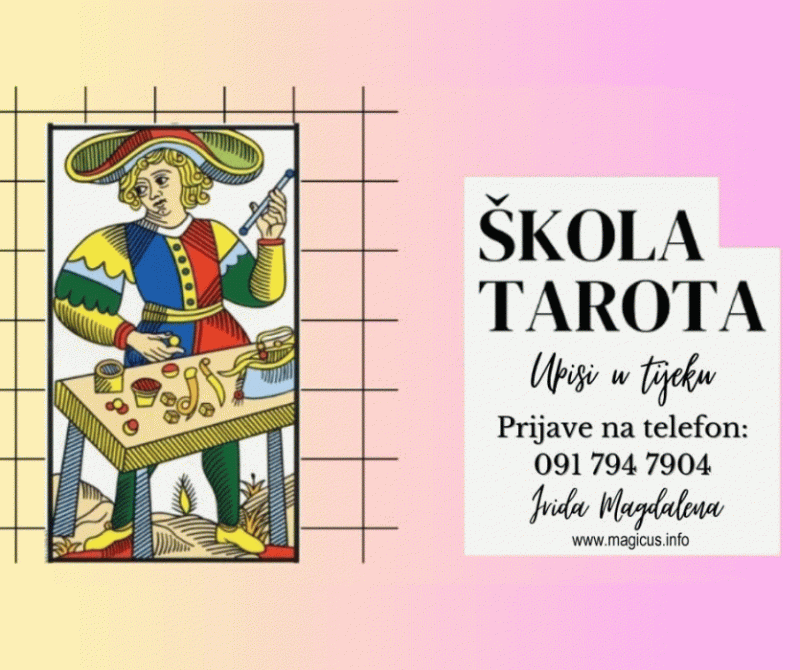
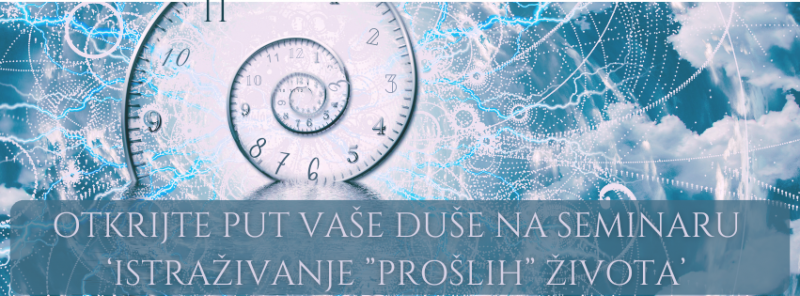


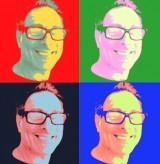
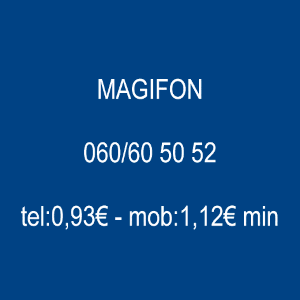





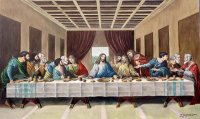









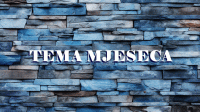
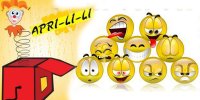













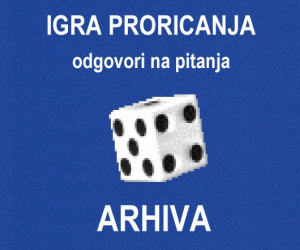
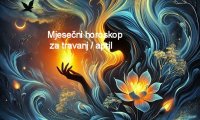

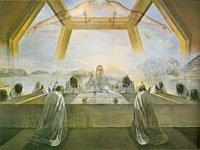










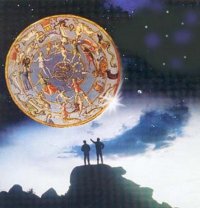
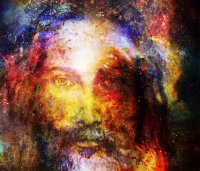
 bglavac
bglavac irida
irida


